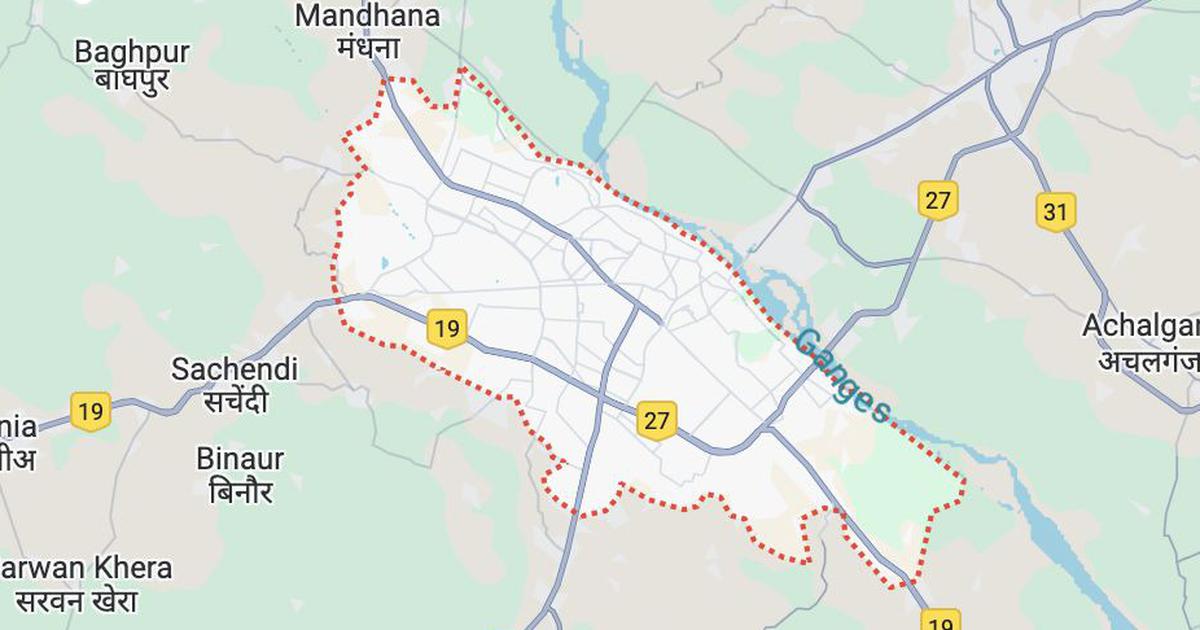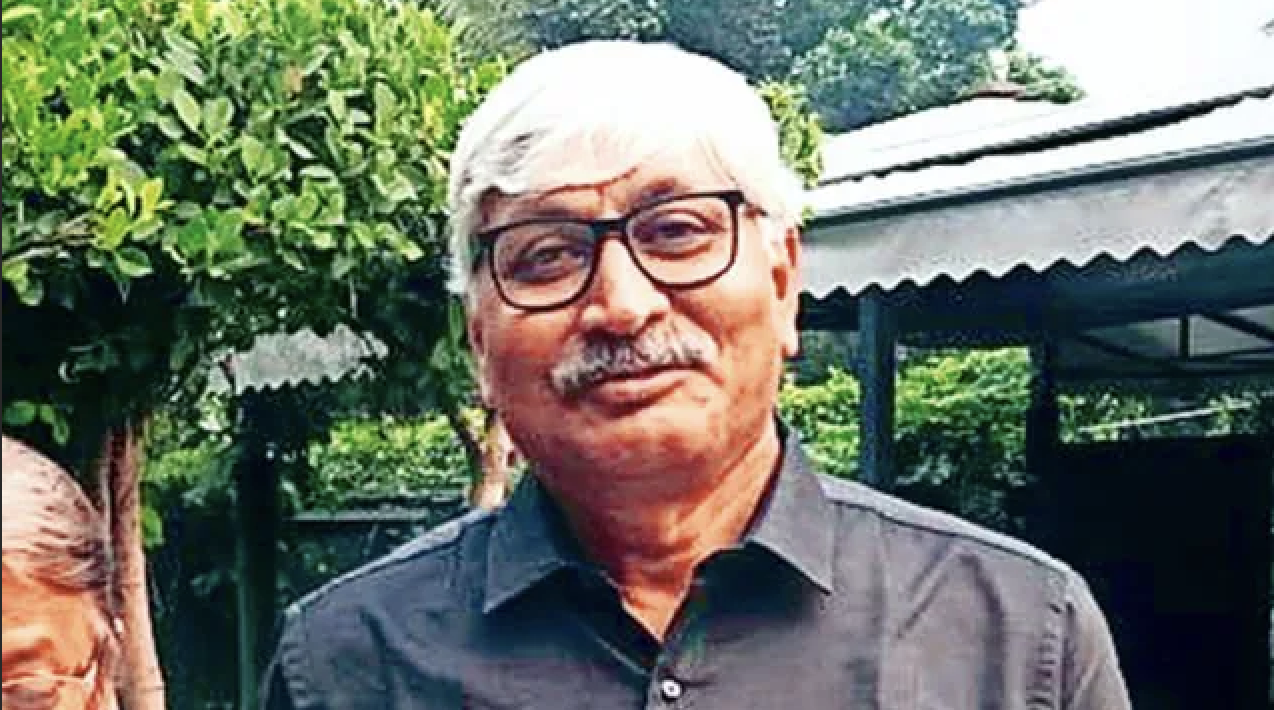
By RADHA CHAKRAVARTY
(On the anniversary of Bankim Chandra Chatterjee’s death, The Quint is reposting this article from its archives. It was originally published on 8 April 2017.)
When Bankim Chandra Chatterjee (1838-1894) composed Vande Mataram, he could not have anticipated the place it would acquire in the life of an entire culture. Originally written in the 1870s as a poem of devotion, an expanded version was later incorporated in the novel Anandamath in 1881. The musical score was composed by Rabindranath Tagore.
Chequered History
The iconic song had a chequered history. It was adopted as a slogan by the Swadeshi movement in Bengal from 1905, sung by Rabindranath Tagore as he led revolutionary marches and hailed by Aurobindo Ghose as the creation of a nationalist sage.
By the 1920s, it had been translated into diverse languages and attained recognition across the land.
In 1937, under Nehru’s leadership, a truncated version with the disputed lines removed was adopted by the Indian National Congress as our national song. This shorter version was designated the national song by the Constituent Assembly led by Rajendra Prasad in 1951, when Jana Gana Mana was declared the national anthem.
The Song that Captured the Imagination of the Nation
Ever since it came into the political domain, Vande Mataram has generated split responses, with some identifying it as an icon of Indian culture while others reject it as a communal instrument. At one time, the song was seen to express the collective aspirations of a people in search of nationhood.
In 1997, AR Rahman set it to music in a way that tugged at millions of heartstrings. In 2002, a BBC poll showed it to be the second most popular song of all time. The song’s phenomenal public appeal demonstrates the power of words in the shaping of human societies.
The twelve-line original poem, probably written around 1875, conjures up a sublime vision of the motherland, captured in Aurobindo Ghose’s translation:
I bow to thee, Mother, …
Her nights rejoicing in the glory of the moonlight,
Her lands clothed beautifully with her trees in flowering bloom,
Sweet of laughter, sweet of speech,
The Mother, giver of boons, giver of bliss!
The lines that follow express the collective might of Indian resistance against British rule:
Terrible with the clamorous shout of seventy million throats,
And the sharpness of swords raised in twice seventy million hands,
Who sayeth to thee, Mother, that thou art weak?
This story was first appeared on thequint.com






